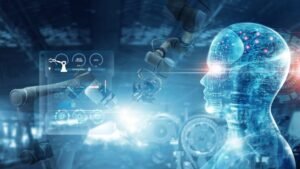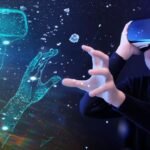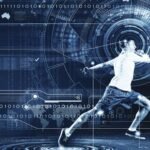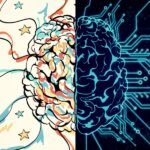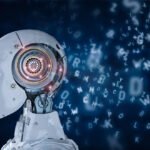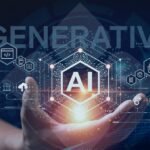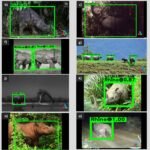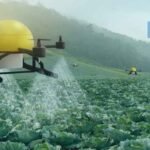Combine AI and Observability for Predictable IT Service Outcomes
Business organizations are undergoing a transformation of their IT infrastructure and applications, moving away from monolithic software tied to on-premises hardware and adopting containerization and microservices. This shift allows application components to operate independently of the underlying hardware and external dependencies. However, this transition poses challenges for infrastructure and operations (I&O) teams, who face difficulties in gaining visibility into containerized systems and keeping track of performance across a complex and distributed infrastructure.
To address these challenges, organizations are combining observability and artificial intelligence (AI) to enhance their IT operations. Observability tools process log metrics data generated across networked systems to trace events to their origins, offering insights into network behavior and application performance. Unlike traditional monitoring, observability takes a data-driven approach and leverages advanced AI and machine learning algorithms to classify events based on patterns within log data. This combination of observability and AI offers several benefits:
- Modeling system behavior: AI models can accurately emulate system behavior, mapping new log metrics and system changes to performance insights, identifying relationships, and discovering dependencies for observability purposes.
- Adaptable learning: AI models can be trained dynamically to account for new containerized services and changing system dynamics, ensuring accurate observability analysis.
- Large-scale analysis: AI automates the collection of relevant metrics, asset discovery, and configuration changes across on-premises and cloud environments, facilitating observability analysis in complex and distributed infrastructures.
- Cost optimization: AI technologies help organizations understand the true cost of distributed services and containerized infrastructure, optimizing resource management based on consumption data and changing needs.
- Root cause analysis: AI-enabled observability allows for faster debugging, root cause analysis, and proactive identification of potential impact, enhancing incident response capabilities.
- Intelligent automation and integration: AI facilitates the integration of data sources and tools, enabling automated problem identification, incident management, and intelligent automation for application performance and infrastructure management tasks.
- User experience improvements: AI models can prioritize changes based on customer feedback, providing real-time analysis of system performance and continuous improvements to enhance the end-user experience.
By combining AI capabilities with observability, organizations can effectively manage their containerized infrastructure, optimize costs, and improve infrastructure performance. This approach allows IT teams to gain valuable insights into complex systems, make data-driven decisions, and streamline operations for enhanced business outcomes.



